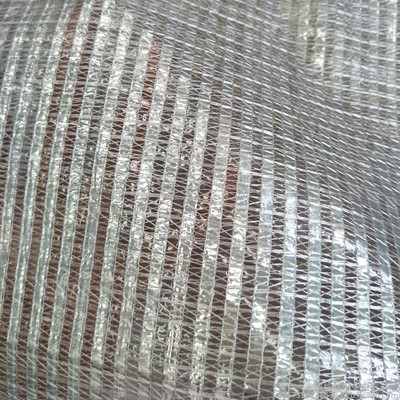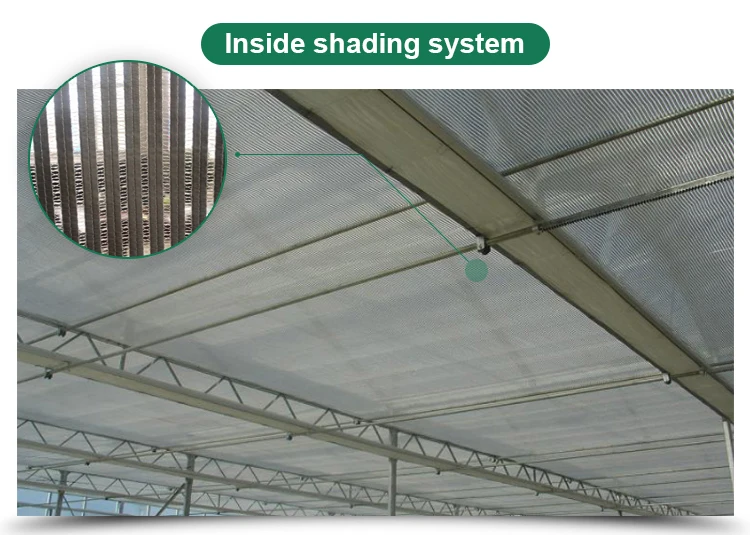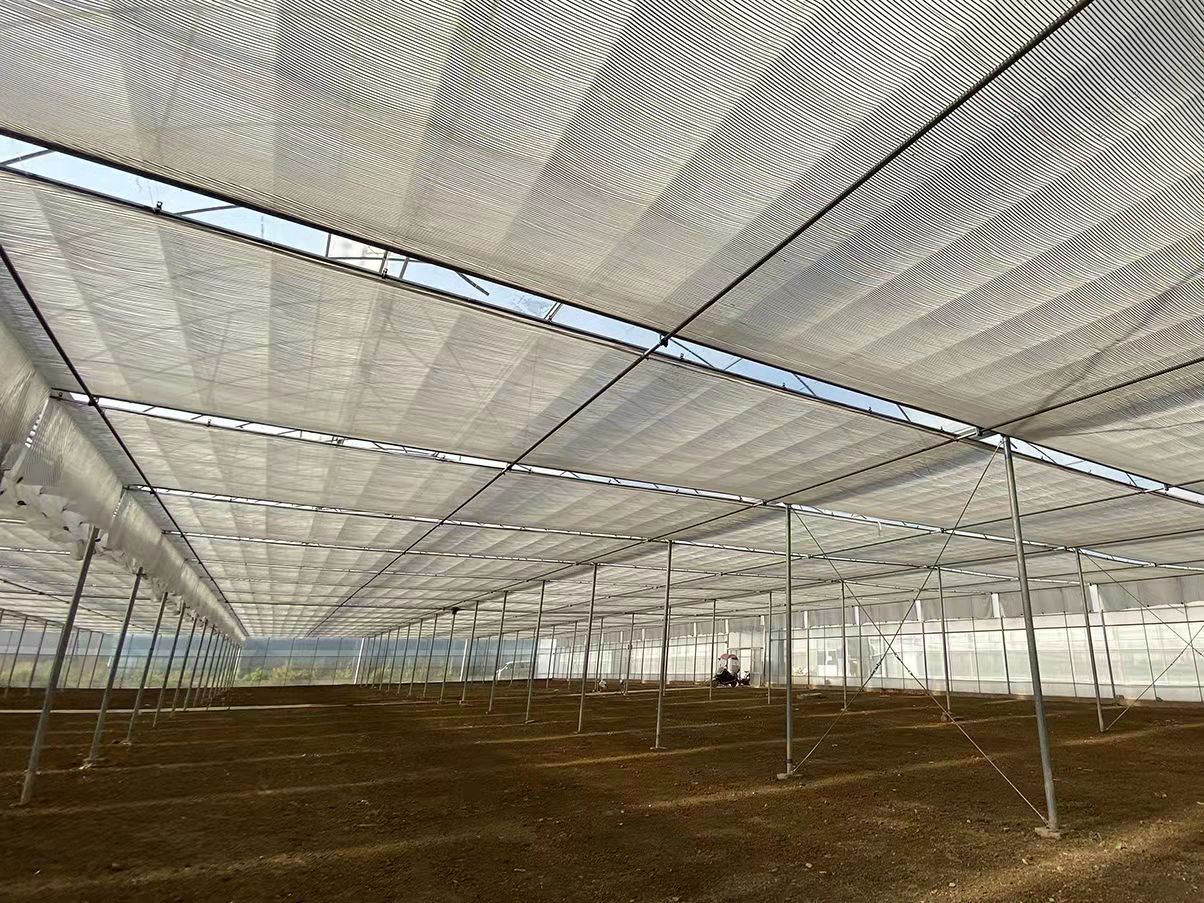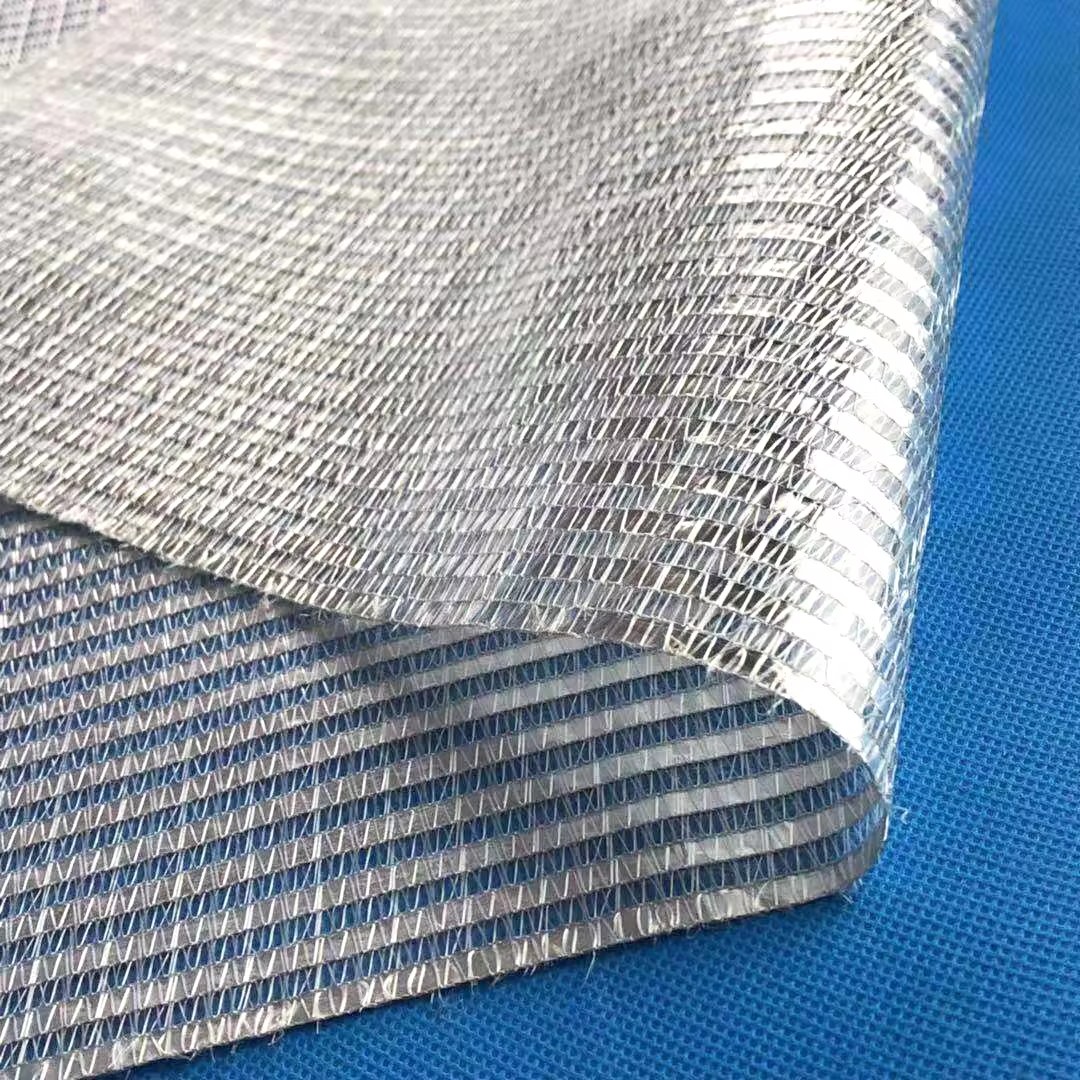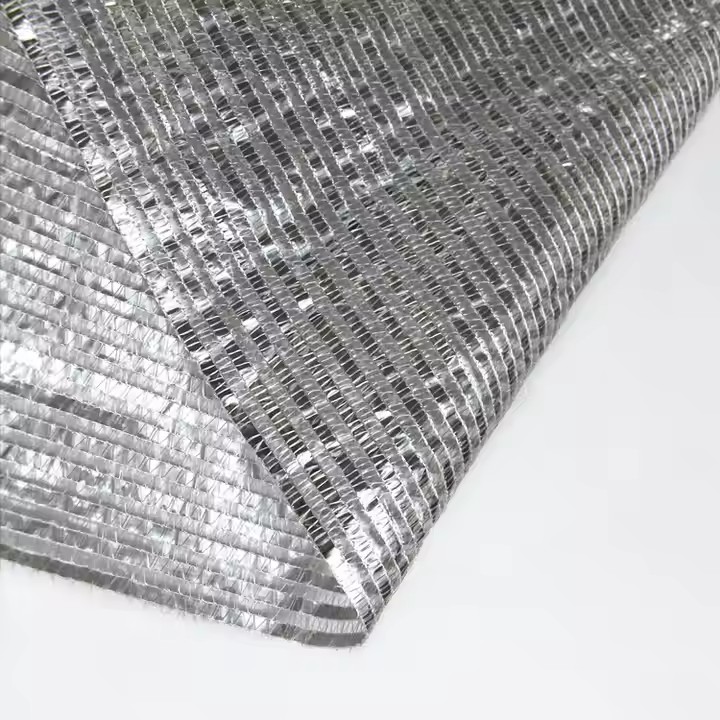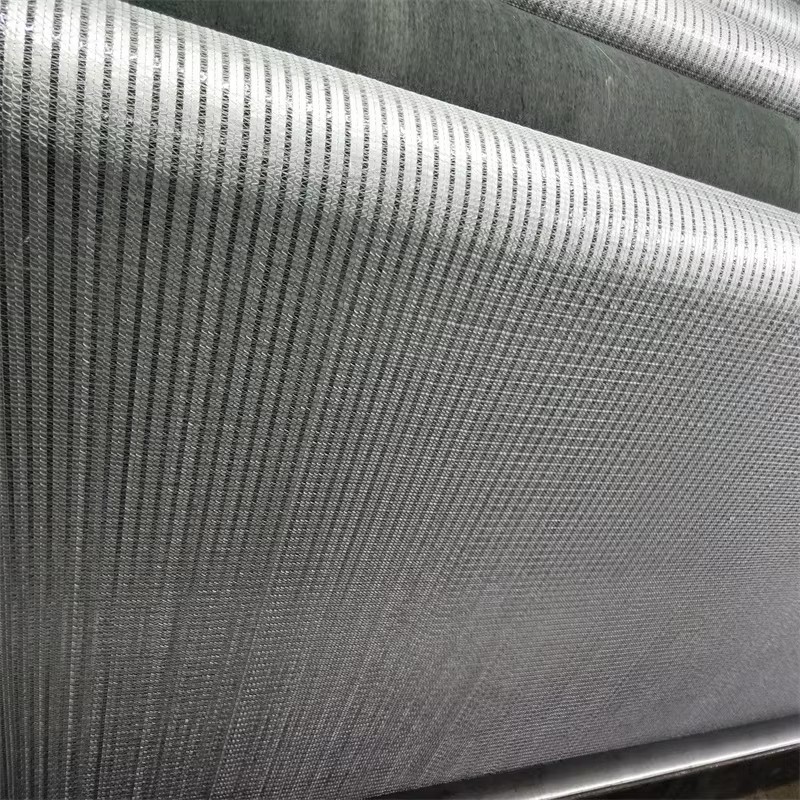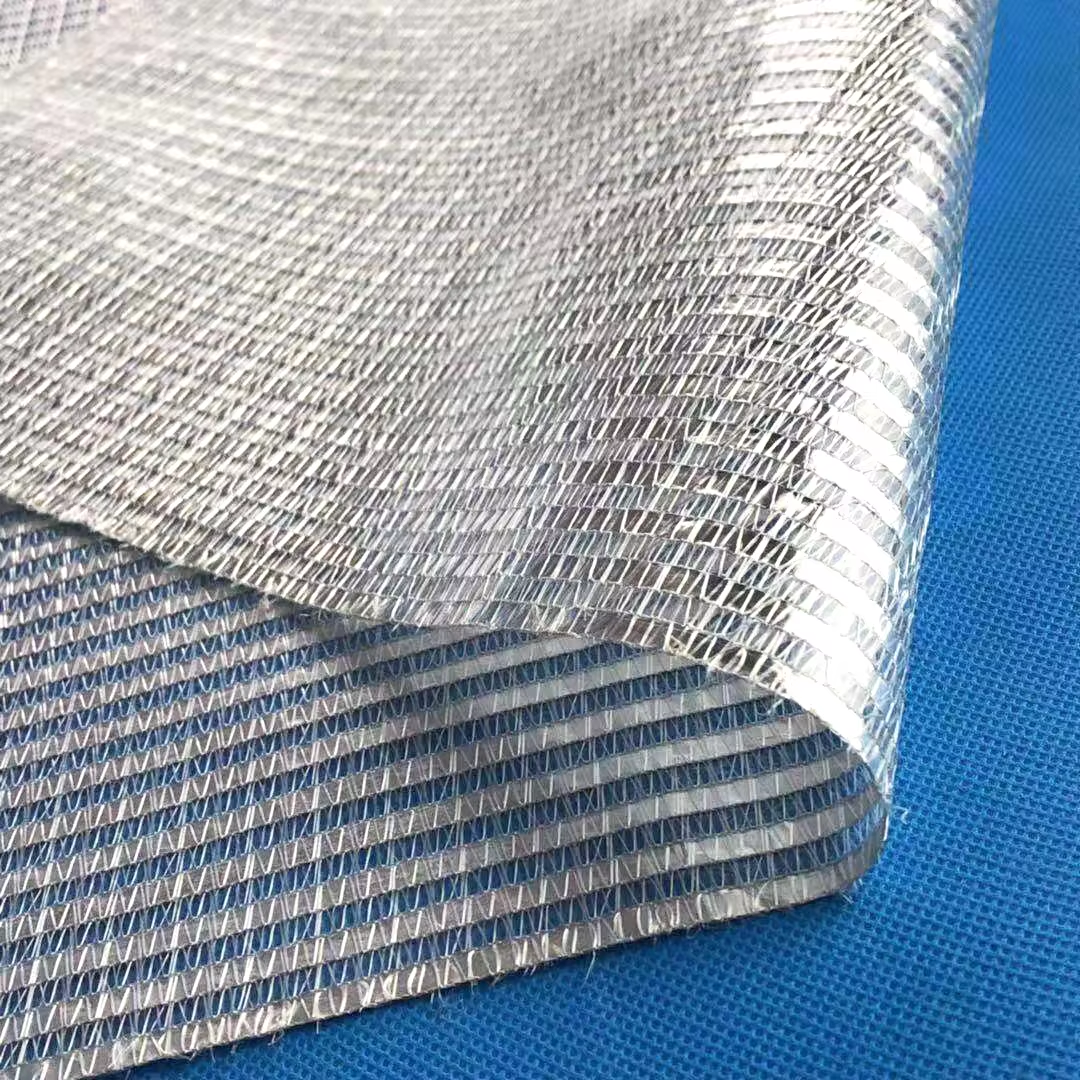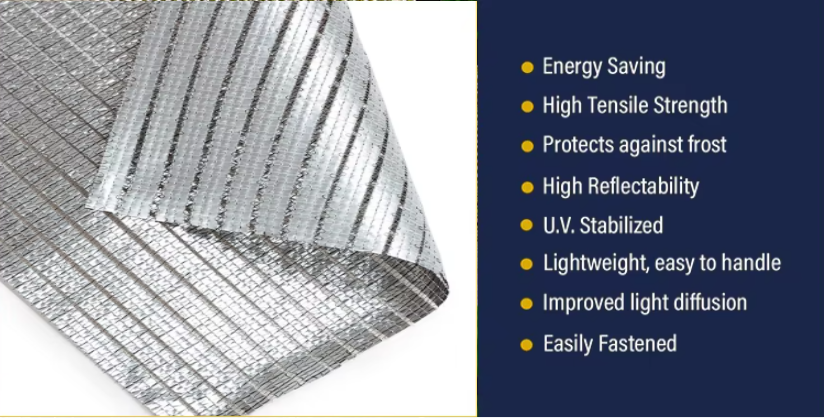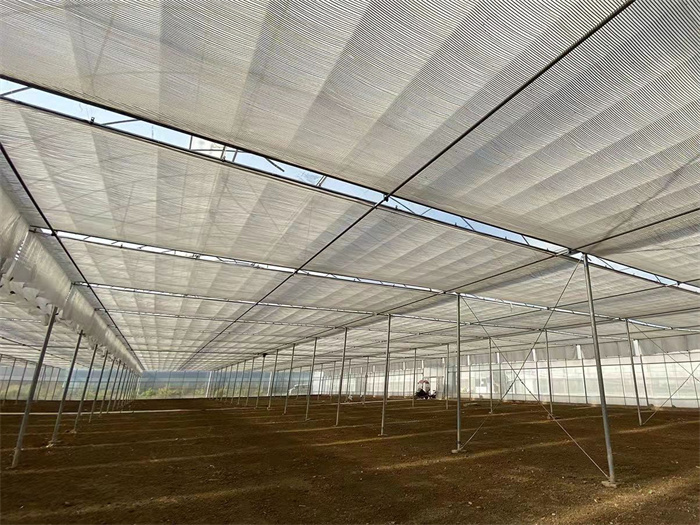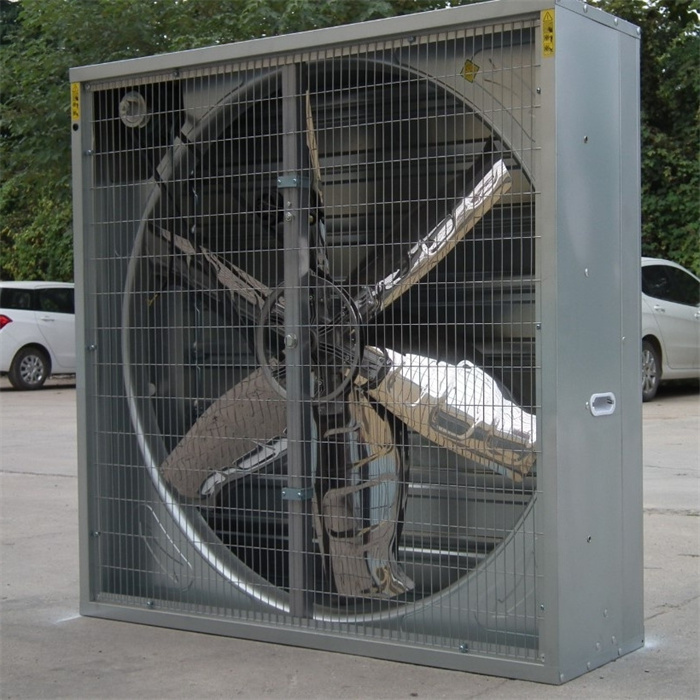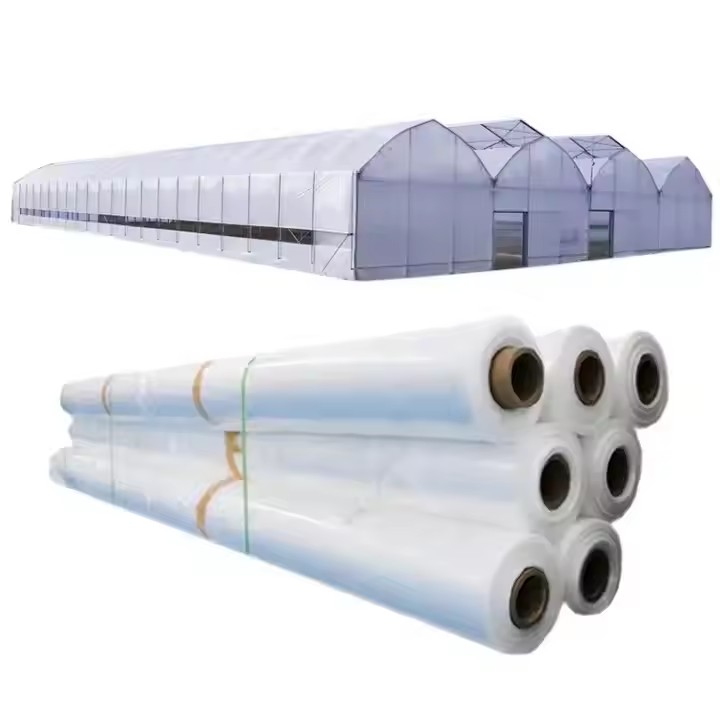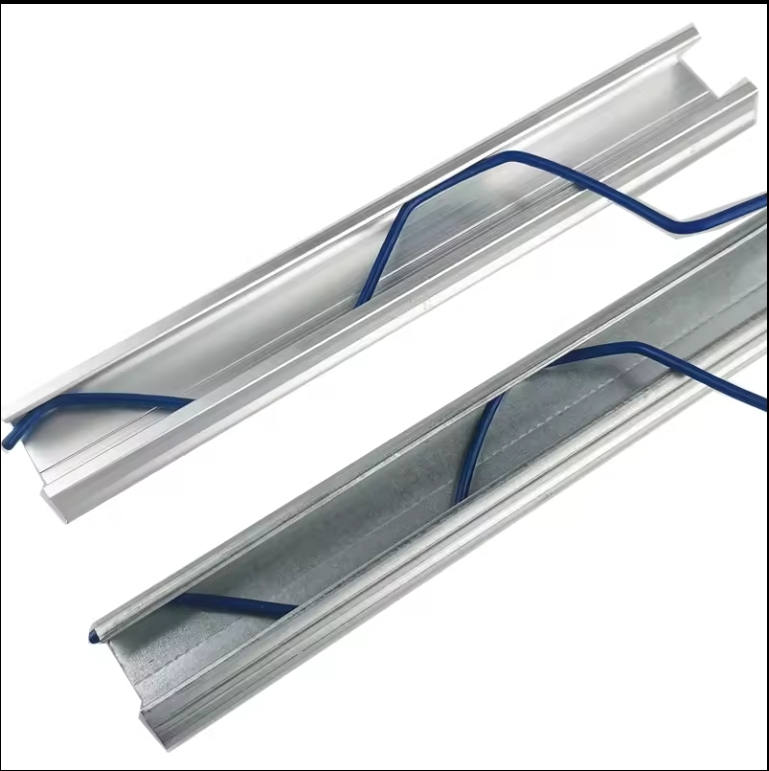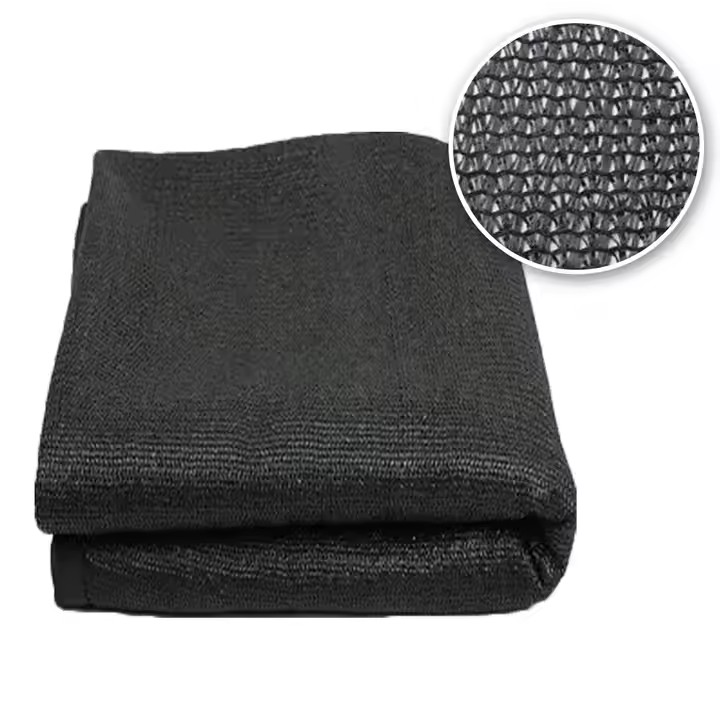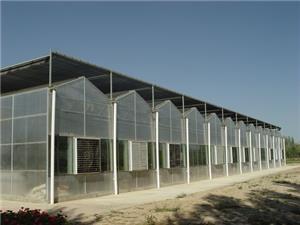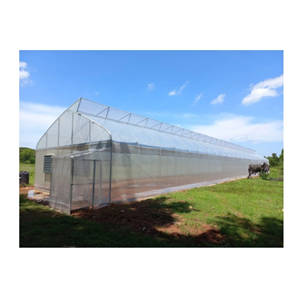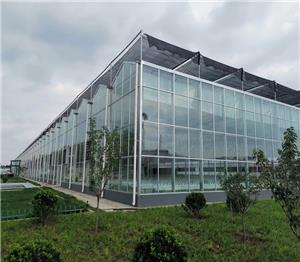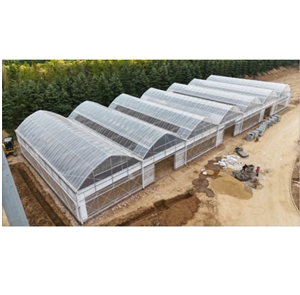Greenhouse Woven Shade Netting Screen

While greenhouse shade screen refer to a Aluminum foil garden shade mesh and the interior uses shade netting. This shade screen also has the function of keeping warm at night. The aluminum foil shade netting eand heat insulation curtain is woven with 4mm wide polyester plastic strips and high-strength polyester yarn (FDY); through the reflection and transmission of aluminum foil shade netting and transparent polymer materials, the reflection and cooling during the day and the heat preservation and energy saving at night form a good indoor climate conditions, the weave structure of shade netting allows sufficient water vapor penetration and prevents condensation on the lower part of the curtain. Reduces the risk of seedling damage and fungal diseases caused by condensation.
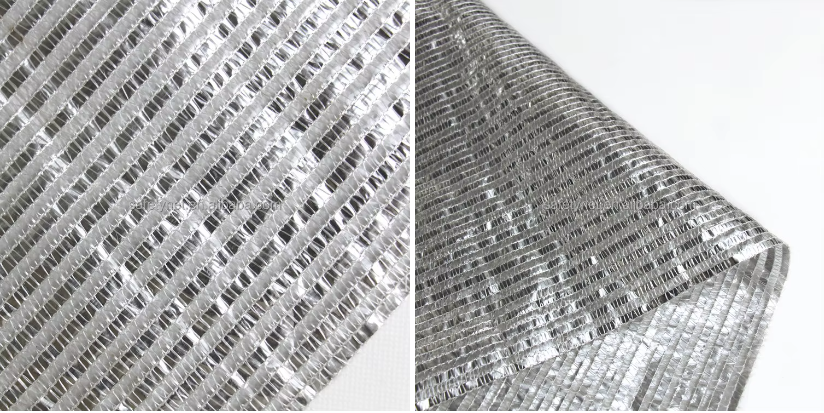
Types of greenhouse shade screen
Other different shade netting
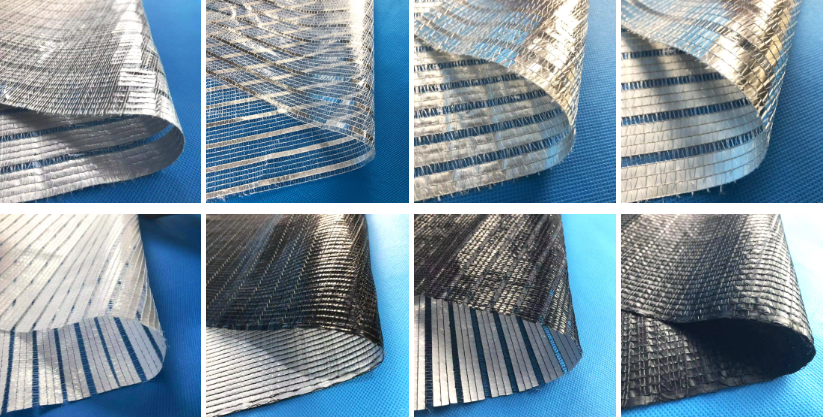
Widely application of greenhouse garden shade mesh


